How to Determine a Diamond’s Optics Even If You’re New
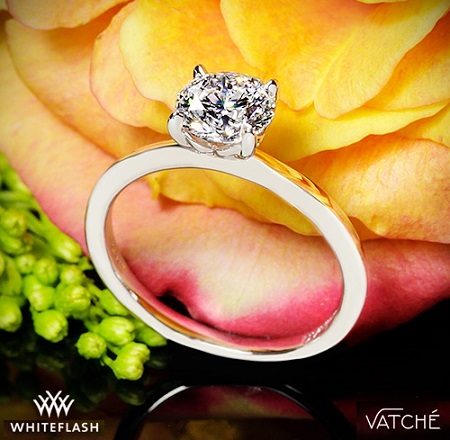
Stunning 1 ct super ideal cut F VS2 diamond in sleek solitaire setting – White Flash.
When in-depth scientific research was first performed by leading gemological labs (AGS/GIA) to study and predict light performance based on proportions, the results were revolutionary.
It was found that diamonds that possess a certain range of cut proportions tend to exhibit better optical performance. On the contrary, diamonds which didn’t fall within that range (e.g. excessive table size, shallow depth) tend to suffer reductions in brilliance and scintillation.
And within this range of proportions, the common consensus among the labs is that there isn’t a fixed set of “magic numbers” which can create a beautiful looking diamond. Instead, there are many sets of proportions that can yield similar results in a diamond’s optics.
But as a consumer, what do all these mean to you? After all, I’m sure what most people want is to buy a beautiful looking diamond ring and not so much of a Ph.D. in light physics or diamond performance.
In this write up, I’m going to show you the various methods you can use to determine a diamond’s light performance easily. You are also going to find out how to do your due diligence and shop smart by utilizing tangible data beyond a grading report.
The Layman’s Method to Determining a Diamond’s Optical Performance
If you hold a poll with jewelry professionals and ask them what they think the most important factor of the 4Cs is, a good majority of them will tell you that it is the diamond’s cut. Yet ironically, most jewelers or salespeople have no basic understanding of what really constitutes to an ideal cut.
In fact, I’ve seen the following scenarios replayed time and time again when I visit jewelry stores. I have had countless experiences with salespeople who just read off the sales presentation charts with no clue to what they are talking about or what the charts mean.
Worse still, there are some who simply show you the cut grade from a grading report and make a sweeping statement that all GIA triple excellent cut diamonds are the same. Well, the truth is, they aren’t.
There is an important question that 99% of the jewelers fail to address – how do you differentiate between diamonds which are all graded with the same cut rating? If you have a comparison of 3 GIA triple excellent diamonds, which should you pick for the best light performance?
Filtering Selections And Making Estimates Using Diamond Proportions
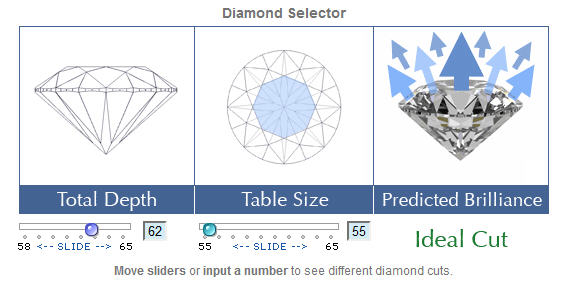
Example of a cut estimator software created by a jewelry retailer.
There are online tools like the GIA Facetware software and HCA tool that allow you to plug in the diamond’s proportions to give you an estimate of its optical properties. This can be a quick and dirty method to quickly weed out the worst cut diamonds.
However, the problem with such tools is that they aren’t accurate because they make use of averaged measurements and have unrealistic assumptions of a “perfectly” polished diamond. Because of these reasons, these tools are only good for rejecting badly cut diamonds and completely unreliable to determine how well cut a diamond is.
If you think about it, it will make sense.
Light performance is based on a complex relationship between individual facets of the diamond. Factors like table/depth percentages and pavilion/crown angles will affect how light transverses within the diamond.
In real life, diamonds are hand polished and there will be variations in the size/positioning of individual facets, However, these softwares assume that none of these realities exist. That’s why you should NEVER rely on them as a diamond selection tool.
So, what’s the real solution to analyzing and selecting a diamond for its cut quality? As a consumer, you should use tools like the Idealscope and ASET to help you make analytical decisions based on tangible light performance data.
Using an Idealscope to Help You Assess Light Return
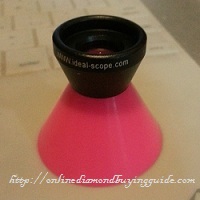
The ideal scope was first developed in the ’70s by a Japanese gentleman call Mr Okuda based on the principle of using reflectors. In its most basic form, the Idealscope is made of a red-reflecting material which is placed between a magnifying lens (typically 10X) and the diamond to be evaluated.
Mr Okuda’s work was later built upon and evolved into the current handheld model in the image. As you can see above, the idealscope is a simple handheld tool (measuring about 5cm in height) and is highly portable.

From left to right: well cut diamond, average cut diamond and poorly cut diamond idealscope images.
The idealscope can also be used in analyzing the optical symmetry of the diamond. For example, in a hearts and arrows diamond, the arrows patterning can be checked for consistency and cut precision.
An Introduction to ASET for Optics Evaluation
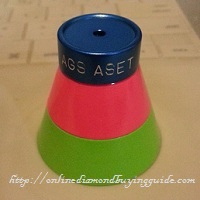
The ASET (Angular Spectrum Evaluation Tool) is a similar little device developed by the American Gem Society for light performance analysis. At first glance, you might think the ASET scope looks somewhat identical to the idealscope and resembles a child’s toy.
However, the information provided by the ASET is more detailed due to the use of 3 color bands. And if you don’t know yet, the ASET image is also used for providing graphical cut information in AGS’s platinum light reports.
Here’s a quick example to show you what an ASET looks like for a well cut diamond and a poorly cut one.
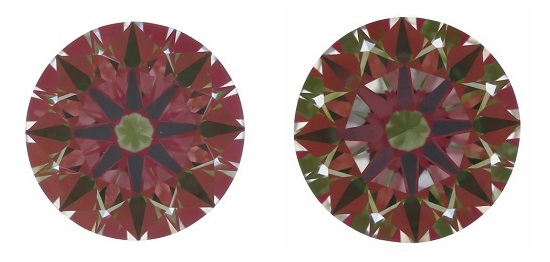
The great thing about both of these tools is that they can be used to assess both mounted and loose diamonds in a matter of minutes (for best results, a uniform light source and a loose diamond will be preferred).
Also, with the ASET and idealscope, you can capture images for analysis by attaching the scopes to the lens of a camera phone. Once that is done, you will be able to inspect the images easily on a large screen and do further analysis.
So, even if you don’t understand the technical aspects of how the ASET works, that’s perfectly fine! All you need to do is to get the ASET images of your diamond and compare them to the reference charts I made here.
So, Why Don’t Local Stores Offer These Tools for Consumers?
While these are the tools which can help consumers evaluate a diamond, they aren’t available in most jewelry stores. The underlying reasons are simple. As I mentioned earlier, most jewelers have no clue about cut evaluation and are ignorant of the existence of such scopes.
More importantly, the majority of diamonds in the market aren’t well cut and it would only hurt the stores to let you view their diamonds critically. If you intend to shop in a brick and mortar store, I recommend purchasing your own scopes and learning how to use them.
Each of these scopes cost about $50 before shipping. Compared to the cost of a diamond ring, this is only a small price to pay for the benefits it offers. Also, you don’t need a set of these 2 scopes. By itself, the ASET scope is more than sufficient for diamond selection purposes.
If you are considering online shopping, I recommend working with these vendors as they have a proven track record of providing great support and high quality diamonds.
On the next page, I’m going to show you how to use these 2 scopes in different scenarios. You will also learn how to interpret the ASET/Idealscope images and use this knowledge to your advantage.
Related Articles
Leave A Comment


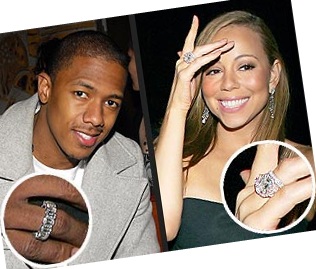
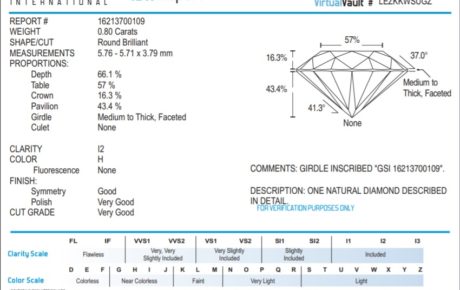
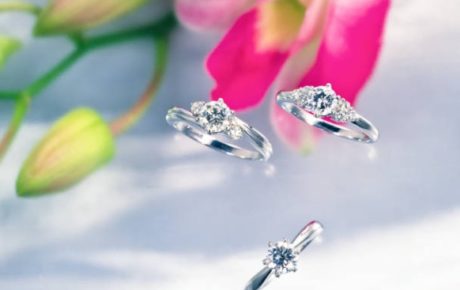









6 Comments
hi paul,
where can I buy an ASET and idealscope? I’m learning how to read an idealscope image and would appreciate it if you can provide me with an example of a diamond with good optical precision.
You can get it at several places depending on where you live.
For US/Canada, you can check out this link: http://datlas.com/ideal-scope-store/
For Asia, Australia, you can check out this link: http://www.ideal-scope.com/
An example of an ideally cut Hearts and Arrows diamond under the Idealscope.
I purchased the $180 kit with expert idealscope and aset. The scopes are cheap plastic and are both made in china. They are utter crap in terms of build quality and I was extremely disappointed.
Garry Holloway is making a KILLING on these.
That being said, I viewed 40-50 XXX diamonds before settling on the one for my fiance, and 35+ had excellent idealscope and aset images.
It gave me confidence in the one I chose, but I don’t know if it was exactly necessary.
Admittedly, the scopes are very pricey. It’s basically $50 for a few pieces of plastic and a lens. However, you didn’t have to buy them if you don’t want to. As I mentioned in my article, you can choose to work only with vendors who can provide you with these images for their listings.
Thanks Paul! Can you explain the black areas we see on those diamond images? In my mind I think a diamond should just be crystal clear, but clearly those black areas are part of the optics at play.
Should we look for symmetric black parts? The rounds seem to want certain symmetric dark areas. But bow ties are bad in certain elogated shapes. Should the black areas flicker on 360° imaging? Any explanation would be helpful. :)
The black areas are known as contrast patterning and it is the same phenomenon that causes bow ties in fancy shaped diamonds. For round cut diamonds, this usually manifest as arrows and for fancy shapes like ovals, it is called the bowtie. Ideally, you want them to flicker on and off when the diamond is undergoing movement. This creates the scintillation effect that is pleasing to the eyes.